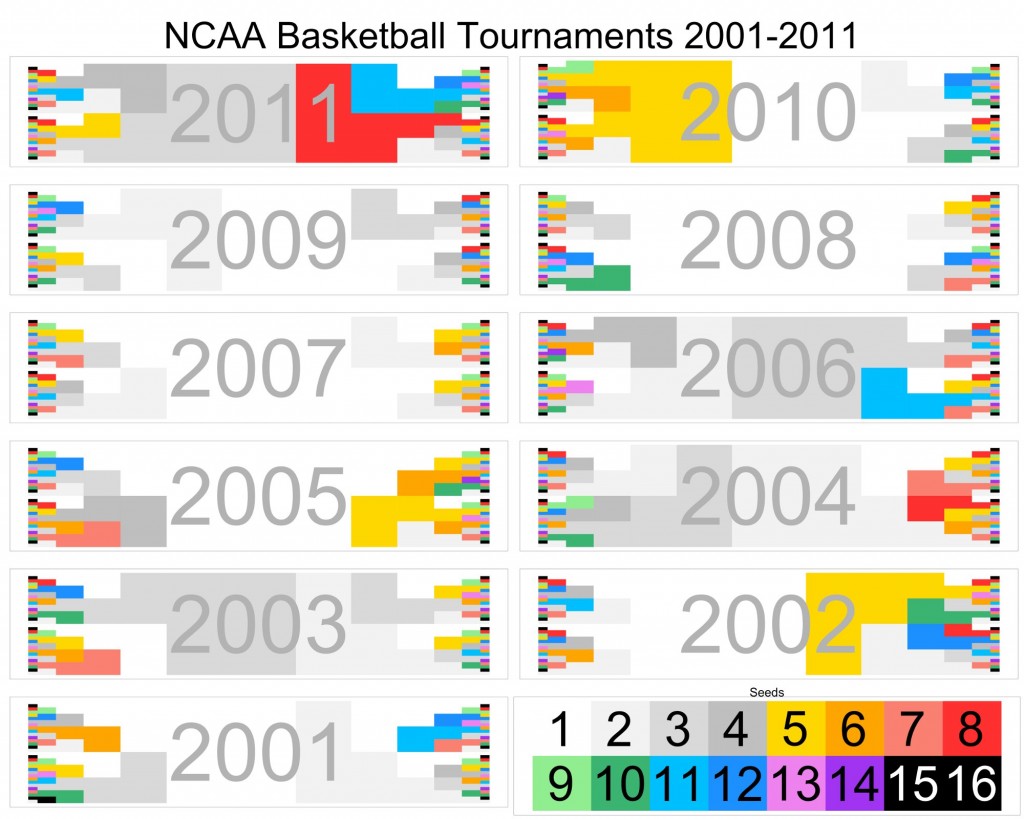Why Hasn’t the Stat Revolution Come to Hockey Yet?
 Is it just me, or does it seem like sports trend of using and studying more statistics (especially newly tracked numbers) to improve your team not really affecting hockey all that much. There’s been a trend toward Finnish goaltenders who are great at not giving up rebounds and forcing the puck to the corner, but I don’t think that was due to any study of the actual numbers, just people realizing that the goaltenders coming from Finland are awesome.
Is it just me, or does it seem like sports trend of using and studying more statistics (especially newly tracked numbers) to improve your team not really affecting hockey all that much. There’s been a trend toward Finnish goaltenders who are great at not giving up rebounds and forcing the puck to the corner, but I don’t think that was due to any study of the actual numbers, just people realizing that the goaltenders coming from Finland are awesome.
Something else I’ve never understood is the whole dump and chase style of play. It just looks like a way of giving up the puck to the other team. And the people behind the delightfully nerdy named NHLNumbers.com are tracking this data on their own and coming to the obvious conclusion:
Carrying the puck in is way better than dumping it in, more than twice as good — and it’s not because of odd-man rushes or player skill or any other external factor; it’s just because having the puck in the opponent’s zone headed towards the goal is a lot better than trying to outrace the opponent to try to get the puck in the corner.
Most people don’t recognize just how big the difference is, and the data suggests that teams should be trying harder than they are to carry the puck in. If coaches are telling their third line to dump the puck, they are probably giving away scoring chances. If coaches are telling the players to dump the puck in borderline situations where they think carrying it might lead to a turnover, they are probably giving away scoring chances. Even regrouping and trying again might be better than dumping the puck in, especially when the team has their top line on the ice.
Of course this all needs to be taken with a grain of skepticism, as the dataset is very small and who knows what a larger amount of data will say about these preliminary conclusions.



